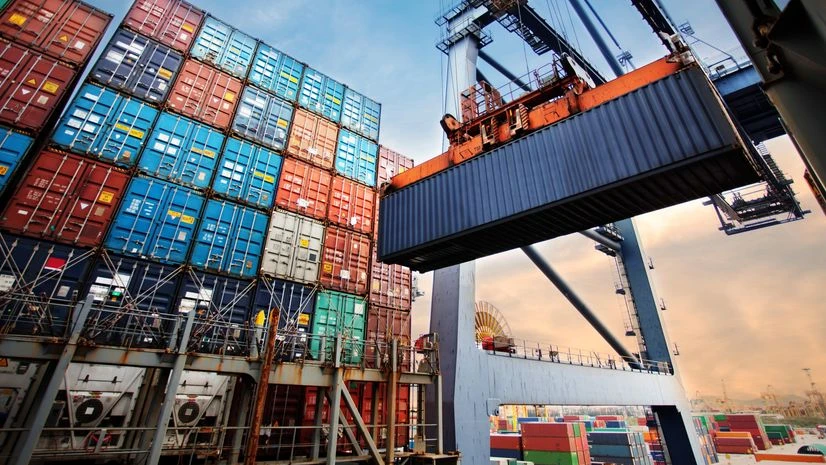India has decided to extend the anti-subsidy duty on a Chinese pesticide chemical, Atrazine Technical, for an additional five years to protect local manufacturers. This move follows recommendations from the commerce ministry’s investigation body, DGTR, which found that the duty has supported Indian producers by allowing them to expand their operations. The new duty rates can go up to 11.94 percent, addressing concerns that subsidized exports from China were causing harm to Indian industry by lowering prices and squeezing profit margins. This extension is part of a broader effort that also includes anti-subsidy duties on welded stainless steel pipes and tubes from China and Vietnam, reaffirming India’s commitment to fair trade practices.
India has taken a significant step to protect its domestic industries by extending the anti-subsidy duty on imports of a Chinese chemical known as Atrazine Technical, used in pesticide production. This duty has been prolonged for five more years, following recommendations from the Directorate General of Trade Remedies (DGTR). The finance ministry announced that the duty will be enforced at rates up to 11.94%, safeguarding local manufacturers from the adverse effects of subsidized exports that have been impacting their margins and profits.
The DGTR’s investigation revealed that the original duties allowed more Indian producers to enter the Market and helped enhance the domestic industry’s capacity. Previously, the revenue department imposed this duty back in September 2019 to mitigate the impact of low-priced imports on the local Market.
In addition to this, the ministry has also decided to extend anti-subsidy duties on imported welded stainless steel pipes and tubes from both China and Vietnam for another five years. This move highlights India’s commitment to maintain a level playing field for its manufacturers against unfair trade practices.
As global trade norms allow countries to adopt such measures against subsidized imports, India’s actions reflect a strategic approach to bolster its local industries and ensure competitiveness in the Market.
Tags: India, anti-subsidy duty, Atrazine Technical, domestic industry, trade remedies, Chinese imports, pesticide production
-
Why did the government extend the anti-subsidy duty on Chinese pesticide chemicals?
The government extended the duty to protect local manufacturers from unfair competition and to support the domestic industry. -
How long is the extended anti-subsidy duty in place for?
The duty has been extended for another five years. -
What impact does this duty have on prices for consumers?
This duty may keep prices a bit higher for pesticide chemicals, but it aims to help local producers stay in business. -
Are all pesticide chemicals affected by this duty?
No, the duty specifically targets certain pesticide chemicals coming from China that were found to be subsidized. - How does this decision benefit the local economy?
By protecting local manufacturers, the decision aims to create jobs and promote growth in the domestic pesticide industry.
)





